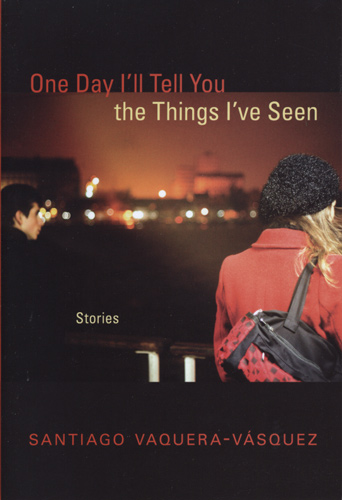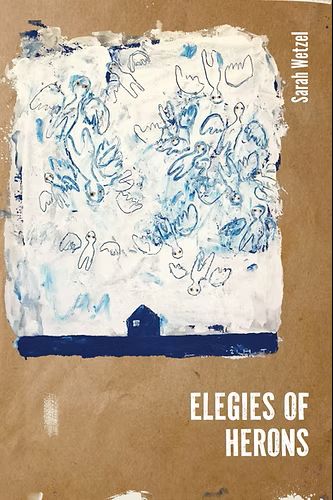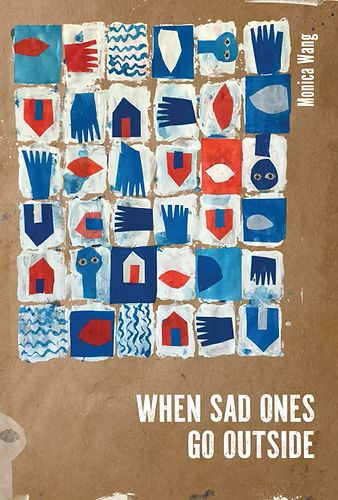The characters in Santiago Vaquera-Vasquez’s stories navigate many worlds, literally and figuratively traversing continents, global metropolises, national borders, and epistemic boundaries, all in a quest for that universal human need for belonging and connectedness. In a collection of fourteen stories, Vaquera-Vasquez, an assistant professor in the Department of Spanish and Portuguese at the University of New Mexico, draws the blinds into a sub-culture of Eses, hombres, border crossers, and all things Chicano. The characters in Santiago Vaquera-Vasquez’s stories navigate many worlds, literally and figuratively traversing continents, global metropolises, national borders, and epistemic boundaries, all in a quest for that universal human need for belonging and connectedness. In a collection of fourteen stories, Vaquera-Vasquez, an assistant professor in the Department of Spanish and Portuguese at the University of New Mexico, draws the blinds into a sub-culture of Eses, hombres, border crossers, and all things Chicano.
Class and social status lay the narrative template for the stories in One Day I’ll Tell You the Things I’ve Seen, a colorful pastiche of subaltern life. Stories span continents, cities, and borders. Border crossings, chance meetings at airport lounges, under the bright lights of a hotel portico—Vaquera-Vasquez’s stories are set in the kinks, the breaks, the interstices that break up the monotony of everyday life—those what ifs and maybes that make life unpredictable and exciting.
The more interesting and poignant stories are those revolving around childhood, parenting, and immigrant sense of loss. In “She Would Tell Stories,” a mother recounts stories of her youth, of dancing and night parties and trips to the movies:
And she would stand at the window, looking out at her flooded lawn, and tell us stories. Stories about over there, far, far from here. Here where she didn’t have cousins to hang out with or an older brother who would protect her [. . .] She would tell us stories, and we listened to her talk as a way to forget her geography of pain, her trail of scars leading from here to her home over there.
In, “Carmen Whose Last Name I Don’t Remember,” the narrator yearns to reconnect with a lover from many years past:
I traced the streets, hotels, cafes, and bookstores that made up our city that we made for ourselves in our wanderings around [. . .] Carmen? I ask: a woman working in a record store; a watchman at Bellas Artes; a traffic cop on Eje Central; a woman posing for a photograph on the observation deck at the Latin American Tower with the Alameda park as a backdrop. No.
He sees Carmen, his lost love, everywhere but she is nowhere to be found. This story exemplifies Vaquera-Vasquez’s ability to plumb to the depths of the human experience through almost poetic prose.
Some stock characters appear in many of the stories, providing a veneer of continuity between different story lines. And, some characters, it would seem, are hewn after the author’s own image, rendering them at times unidimensional-individuals with post graduate degrees, jet setting around global cities.
Themes are recurrent and so are character quirks—the girl that almost was, the romantic academic, failed relationships, text messaging, and esoteric album and song references. By the time the reader gets to the end of the collection, there is a strong sense of déjà vu, of repetitiveness in plot lines and character development.
From California to New Hampshire, Istanbul to San Francisco, Calexico to Orland, the stories in this collection are ultimately about shared human experiences and the complexities of relationships, delineated by boundaries, metaphorical or otherwise.





